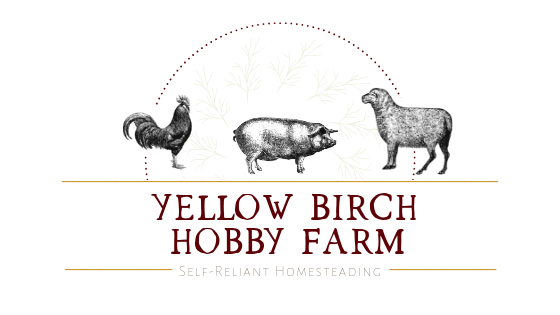If colorful jars full of home grown food is what your dreams are made of, my-oh-my do I get you.
My fascination with old food, old ways, and even old mason jars goes way back to my childhood. Hands-down my most favorite home we ever had was the 100-year old single room log cabin with the outhouse, chicken house, the loft that my siblings and I shared, and no running water. It was there that I can recall my earliest memories of watching and helping my mom can jam, veggies, and venison.
Standing barefoot by the stove in that tiny kitchen has always been such a fond part of the fiber that makes up my being.
I have always been the dreamer of old ways. And I know I’m not alone.
Whether you grew up slingin’ mason jars or not, there’s an old soul inside of you that gravitates toward this thing called canning.
Perhaps it’s a result of our corrupt food industry. Or maybe it’s this fast-paced world around you creating a need to slow down and return to a way of life where we work with our hands. Where we learn things. Where we have a distinct knowledge of the journey that our food took in getting to our table- because we got it there. Start to finish.
But there’s something holding you back.
And that something is fear.
Canning has long had this stigma of danger attached to it.
Images of canners exploding like bombs and killing people plagues your imagination.
And death by botulism.
And then there’s the trying to distinguish between pressure canner, pressure cooker, and water bath canner which is enough to make your brain hurt.
While these are all legitimate concerns (and I commend you for not taking these issues lightly), I promise you that following some very basic guidelines will not only put your fears to rest, but have you canning like a boss in no time.
Are you ready? I thought so.
Then let’s get to it by jumping in to the first of several canning topics that I will be covering in the coming weeks: how to decide what type of canner you should be using and when (plus a free cheat sheet to have on hand until this becomes second nature to you- which it will).

If you break down your foods into two categories, you will have a good idea of which canner you should be reaching for.
Foods are classified into two groups: low acid and high acid. Those with a pH of 4.6 and lower are considered a high acid food, and can be processed in a boiling water canner. Think: fruits, fruit spreads like jam and jelly, or foods that use an acidifier like vinegar in pickles or lemon juice in tomatoes. These types of foods can be safely canned in a boiling water canner which reaches a temperature of 212 degrees Fahrenheit.
Low acid foods, with a pH level greater than 4.6, need to be processed in a pressure canner. Think: vegetables, meat, soups, and seafood. Only a pressure canner can reach the necessary temperature of 240 degrees Fahrenheit to destroy the bacteria and toxic mold spores that low acid foods can produce.
What makes a pressure canner different than a boiling water canner? Water boils at 212 degrees (depending on altitude, of course- more on that later). A boiling water canner simply cannot exceed the temperature of boiling water. However, the pressurized steam inside of a pressure canner raises that temperature to 240 degrees by use of weights (most commonly 10 pounds).
Whatever method you are using, it is important that you
reach the target temperature and maintain that for the amount of time as called
for in the canning recipe that you are using.
It is also important that you know your altitude and make adjustments as needed. For example, we are at about 1200 feet above sea level. Most canning recipes are based on weight and time that is calculated for locations that are at or below 1000 feet above sea level. That means I have to increase both my processing time (when using a boiling water canner) and weight (when using a pressure canner), due to the fact that higher altitudes result in reduced barometric pressure- which affects the temperature at which water boils. If you are unsure of your own altitude, try out an app like My Elevation to do a quick check (go ahead and remove the app after you’re done). Or call your county extension office. Then make necessary adjustments when canning.

Finally, with regard to pressure cookers: these are NOT pressure canners. InstaPot has brought back new life to the pressure cooker, but these cannot be confused with or used in place of a pressure canner.
While pressure cookers are great for speed cooking your meals, they may not maintain proper pressure throughout processing time, and they heat up/cool down too quickly to safely can your food.
To summarize: water bath your high acid foods, pressure can your low acid foods, and save the InstaPot or pressure cooker for pulling off fast meals only. And grab your free cheat sheet below, which lists out dozens of the most commonly canned foods and which canner you should be reaching for.
You see? I told you you’d be canning like a boss in no time.











